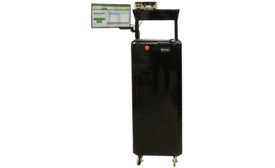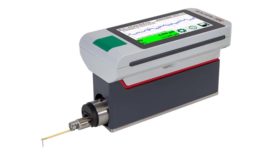Home » Keywords: » calibration
Items Tagged with 'calibration'
ARTICLES
How to Choose the Right PAUT Probe for Every Inspection
A Comprehensive Guide for Industry Professionals
September 12, 2024
Measurement
How to Read & Interpret ISO/IEC 17025 Calibration Certificates
As an accreditation assessor, I can say that many common assessment deficiencies could have been prevented if the calibration certificate had been thoroughly reviewed.
September 3, 2024
Quality Headline
Beamex US Office to Move to New Location in Atlanta, GA
September 2, 2024
Measurement
Taming the Tension: The Ultimate Guide to Cable Tensiometer Calibration
We aim to initiate a conversation and encourage best practices for better alignment between calibration practices and real-world requirements.
August 19, 2024
NCSLI
The Importance of Close Out Calibrations
Our intent is to bring awareness to the importance of close out calibrations and where not possible as in the case of catastrophic failure, having a system in place that provides confidence that non-conforming parts have not been released.
August 5, 2024
Happy World Metrology Day!
The International Definition of Calibration, Verification, Validation, Certification, and Adjustment
May 20, 2024
Software
The Latest in Calibration Software Trends
Thanks to AI and machine learning, we are seeing new amounts of data change the landscape of the calibration process.
May 7, 2024
Measurement
Ensuring Precision: A Guide to Calibration in Surface Finish Measurement
The calibration process for surface finish units is simple but essential to the manufacturing process.
April 12, 2024
Stay in the know with Quality’s comprehensive coverage of
the manufacturing and metrology industries.
eNewsletter | Website | eMagazine
JOIN TODAY!Copyright ©2024. All Rights Reserved BNP Media.
Design, CMS, Hosting & Web Development :: ePublishing









